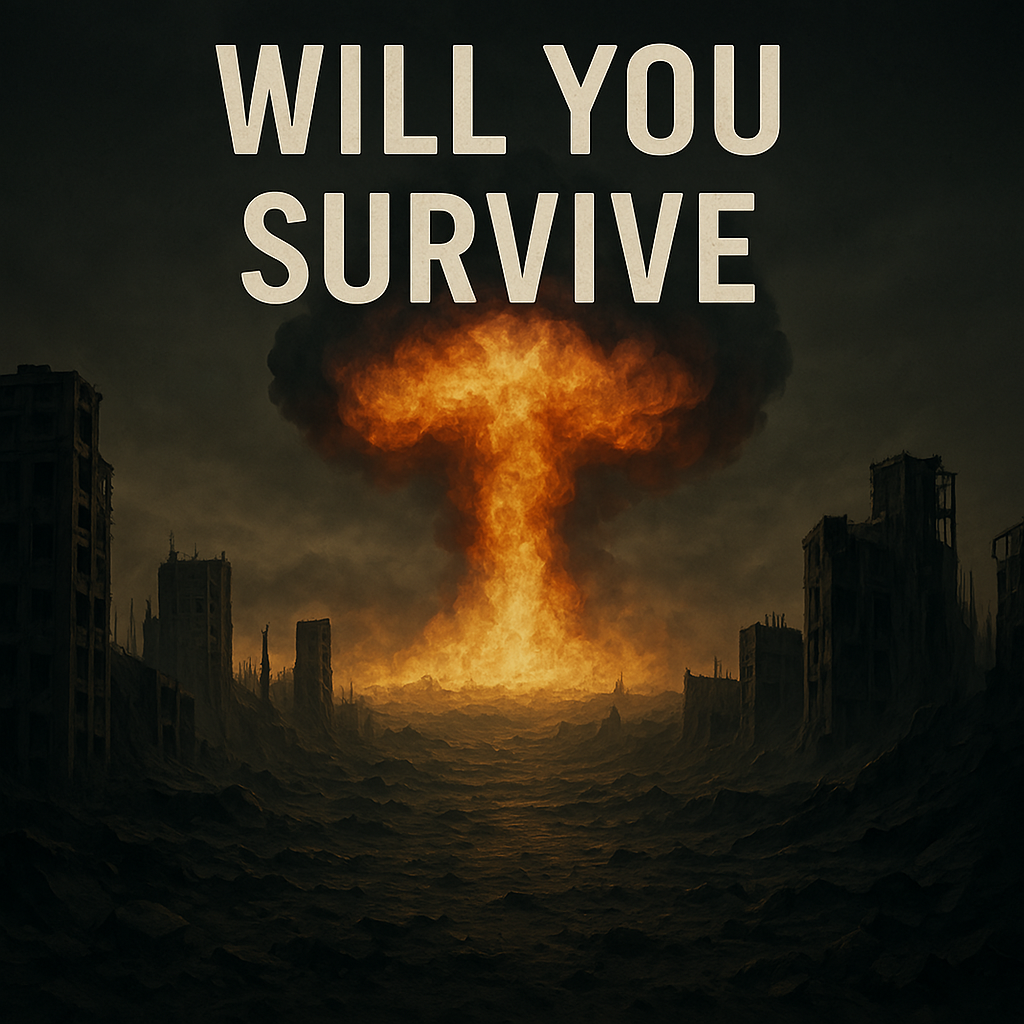
The scenario unfolds abruptly when an aggressive and isolated rogue nation launches a nuclear missile toward Moscow, Russia. Within minutes, Russia’s early-warning radar systems in Voronezh detect the missile’s heat signature and trajectory. Operators urgently confirm the detection with satellites from the Kosmos early-warning constellation, validating an inbound nuclear threat.
Immediately, automated defense systems trigger nationwide alerts. Across Moscow and major cities, air raid sirens blare, echoing hauntingly through city streets, schools, offices, and homes. Television broadcasts, radio stations, and mobile phones erupt simultaneously with automated warnings instructing citizens to seek immediate shelter in metro stations, underground bunkers, or reinforced shelters.
In strategic command bunkers beneath the Kremlin, military leaders assess their options within the critical window of less than ten minutes. With confirmation of the hostile launch and facing existential threat, Russia activates its nuclear response protocol. Submarines hidden deep beneath the Arctic Ocean and Pacific receive encrypted signals to prepare their ballistic missiles. Intercontinental Ballistic Missile (ICBM) silos scattered across Siberia and the Ural mountains initiate pre-launch sequences.
Approximately fifteen minutes after the rogue missile launch, Russian missile defense systems, including the S-500 Prometey system deployed around Moscow, attempt an interception. Citizens watch from windows or shelters as streaks of smoke and flame cross the sky. Yet despite interception attempts, fragments or radiation fallout still cause widespread fear and chaos.
Simultaneously, Russia’s retaliatory strikes launch toward the rogue nation’s capital and military installations. In less than thirty minutes, global satellite imagery from the U.S., China, and NATO allies confirm Russia’s launch, rapidly escalating global tensions. Uncertain of full intentions, NATO forces enter high alert status, preparing defensive measures. The U.S. Strategic Command elevates readiness to DEFCON 2, just one step from nuclear war.
Within an hour, global diplomacy attempts fail, overtaken by fear, mistrust, and misinterpretations. Military hotlines burn with urgent communications as world leaders scramble to prevent further escalation, but panic spreads worldwide. Global media coverage displays terrifying live updates, causing widespread societal disruptions across continents.
In North America, governments in Canada and the United States activate emergency broadcast systems, urgently alerting their citizens about potential inbound missiles. Television, radio, smartphones, and other communication devices deliver chilling messages advising residents to seek immediate shelter. However, most ordinary people have no access to bunkers or reinforced shelters. Canadians and Americans scramble into basements, subways, or any available underground structures, but these offer limited protection. Shelters, even when accessible, would only sustain occupants for a few days to a few weeks at most, depending on stored supplies and radiation levels outside.
Within two hours, secondary confrontations break out, triggered by misunderstandings, fear, and old tensions resurfacing in volatile regions. Other nuclear-armed nations—particularly the United States, China, France, Britain, India, and Pakistan—remain on edge, contemplating their own defensive postures.
Should further misunderstandings occur, multiple launches could follow. Major cities globally would have mere minutes to respond, with flight times of ICBMs spanning approximately 15 to 30 minutes between continents. The resulting nuclear exchange would lead to catastrophic destruction, massive human casualties numbering tens of millions initially, and long-term devastation from radioactive fallout.
The aftermath would be unimaginable—global economic collapse, widespread food shortages due to nuclear winter, mass migrations, and potentially decades of environmental ruin. International cooperation would fracture, leaving survivors to confront a drastically altered, perilous world, struggling to rebuild amidst unprecedented devastation.

